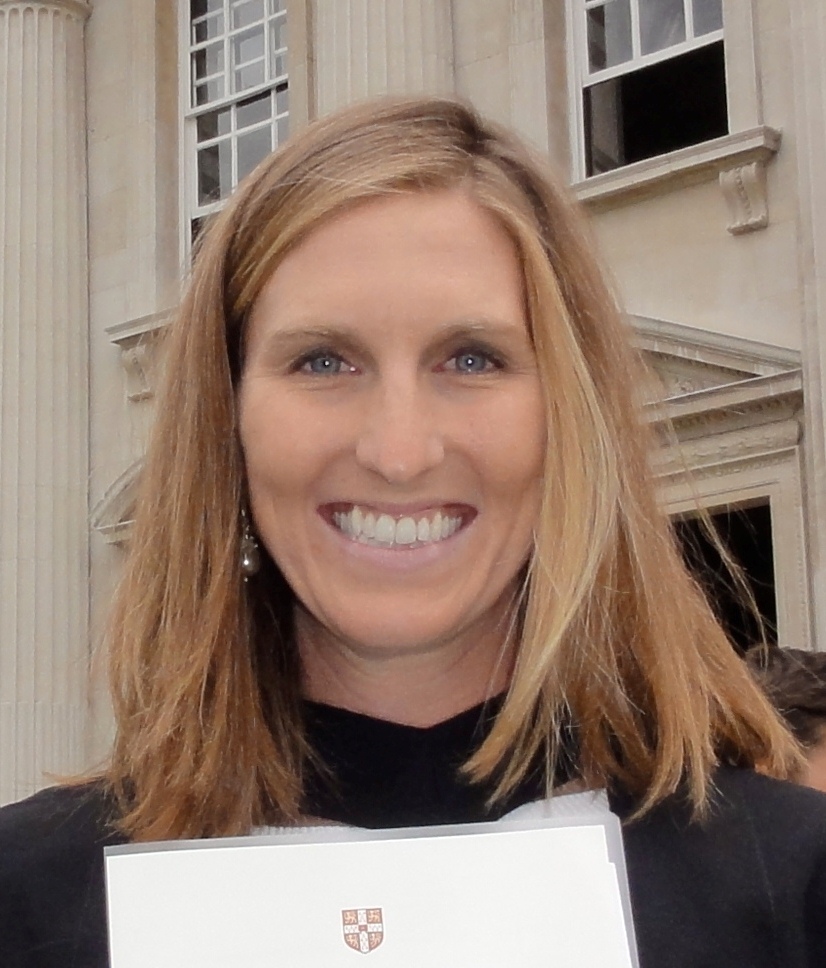In the most recent application call, Arkansas received 36 applications requesting approximately $7 million dollars in projects. Because of the limited funds only 20 applications were selected with a budget of $1.5 million. As usual, the request for funding far outweighs what is available to applicants.
Resource Library
 On April 18, we saw another unusual vote in Congress on the transportation bill. While current transportation spending is already extended until June 30, the House has just passed another extension (H.R. 4348) until September 30 on a vote of 293-127.
On April 18, we saw another unusual vote in Congress on the transportation bill. While current transportation spending is already extended until June 30, the House has just passed another extension (H.R. 4348) until September 30 on a vote of 293-127.
Safe Routes to School is on a roll in Washington, DC! The District of Columbia Safe Routes to School program continues to offer Safe Routes to School planning assistance to any school that requests it. Eight schools are currently receiving this assistance, for a total of 30 schools since the start of the program. DC schools are also able to request in-classroom pedestrian safety education for students in grades K-2 and bicycle safety education for students in grades 3-8.
 Greetings Safe Routes Champions! Welcome to “Blog BLF!”
Greetings Safe Routes Champions! Welcome to “Blog BLF!”
 The seven states that comprise the state network project are all moving at a fast pace. Since the state advocacy organizers began in early March, they continue to make many very key contacts throughout their states.
The seven states that comprise the state network project are all moving at a fast pace. Since the state advocacy organizers began in early March, they continue to make many very key contacts throughout their states.
 After growing up playing on the school playground, I was dismayed to start seeing fences and locked gates at schools. The whole community feeling changed to a prison atmosphere, but to keep people out. John O.
After growing up playing on the school playground, I was dismayed to start seeing fences and locked gates at schools. The whole community feeling changed to a prison atmosphere, but to keep people out. John O.
Date: Wednesday, December 4, 2024 · Time: 11 a.m.–12 p.m. MT · Location: Zoom
 One of the exciting aspects of the Safe Routes Partnership’s state network project is the uniqueness of the seven different states. And while this uniqueness is the culture, the people and the geography, one thing is certain, they just can’t get enough of Safe Routes to School!
One of the exciting aspects of the Safe Routes Partnership’s state network project is the uniqueness of the seven different states. And while this uniqueness is the culture, the people and the geography, one thing is certain, they just can’t get enough of Safe Routes to School!
Bike & Roll to School Day is a fun, inclusive way to encourage students to bike, scooter, skateboard, or roll to school. It’s a great opportunity to build confidence, try a new skill, and spark a lifelong love of active transportation. As a key piece of Safe Routes to School programs, Bike & Roll to School Day promotes safer, more accessible, and more enjoyable routes for children, families, and communities. This toolkit provides a step-by-step guide to planning and hosting a successful event—whether it’s your first time or you're looking to expand an existing tradition. Beyond the event itself, Bike & Roll to School Day can serve as a stepping stone for broader Safe Routes to School efforts, fostering long-term safety, health, and community engagement.
Download the 2025 Bike & Roll to School Day Toolkit
FREE resources for your celebration (toolkit listed below)
- Poster templates
- Social media templates
- Bike & Walk to School Day bingo cards
- Bike & Roll to School Day Proclamation - sample language
Have ideas on what your community would like to see next time? Email us with ideas for the fall!
 The August 2009 issue of Parks and Recreation features National Policy & Legal Analysis Network’s (now called ChangeLab Solutions) Joint-Use Agreement resources in an article about using school recreational facilities as community facilities. Mississippi is one of the states that have now bought in and is now on the path to discovering and implementing healthy altern
The August 2009 issue of Parks and Recreation features National Policy & Legal Analysis Network’s (now called ChangeLab Solutions) Joint-Use Agreement resources in an article about using school recreational facilities as community facilities. Mississippi is one of the states that have now bought in and is now on the path to discovering and implementing healthy altern
 If you can measure it, you can manage it.
If you can measure it, you can manage it.
I often think of this business mantra each day as I step on the scale, track my calories and log every minute and mile of physical activity as I pursue a healthier lifestyle. (And apologies to my Facebook friends who are tiring of my new found apps and the postings to cheer me on!)
 It may seem Safe Routes to School slows down in the summer because school is out. But, summer often brings movement on Safe Routes to School projects and awards. Every day I have news alerts flooding my inbox about:
It may seem Safe Routes to School slows down in the summer because school is out. But, summer often brings movement on Safe Routes to School projects and awards. Every day I have news alerts flooding my inbox about:
 Do you know the key decision-makers in your school district? If you had three minutes to talk with one of them, how would you tell the Safe Routes to School story so that it was clear, coherent, compelling and crisp?
Do you know the key decision-makers in your school district? If you had three minutes to talk with one of them, how would you tell the Safe Routes to School story so that it was clear, coherent, compelling and crisp?
 The state network project’s advocacy organizers have been hard at work with one of the project’s most critical tasks – preparing action plans. Each of the seven network states has prepared its own action plan that is being presented to their respective networks for comment and adoption.
The state network project’s advocacy organizers have been hard at work with one of the project’s most critical tasks – preparing action plans. Each of the seven network states has prepared its own action plan that is being presented to their respective networks for comment and adoption.
Sirviendo a las comunidades vulnerables a través del programa federal Rutas Escolares Seguras es una prioridad para la Asociación Nacional de Rutas Escolares Seguras.
In March of 2012, the Virginia Department of Transportation (VDOT) announced the selection of 28 schools in 18 localities throughout the Commonwealth to receive infrastructure funding totaling $5.9 million. The projects selected for funding include a variety of treatments to improve walking and bicycling conditions. These include the traditional sidewalk projects as well as a few trails, crosswalks, signage and a school dropoff/pickup area redesigned to more safely accommodate pedestrians.

 As we have often discussed, joint use (or shared use) agreements are one of the Safe Routes Partnership’s three primary policy priorities from our Robert Wood Johnson funding. What is really exciting is how we frequently hear more about how much is going on in our seven network states. Here is a sampling:
As we have often discussed, joint use (or shared use) agreements are one of the Safe Routes Partnership’s three primary policy priorities from our Robert Wood Johnson funding. What is really exciting is how we frequently hear more about how much is going on in our seven network states. Here is a sampling:
 Peer pressure doesn’t all have to be bad. Studies show that it can be good, too! Kids can encourage each other into activities that will improve their health and social life and make them feel good about themselves.
Peer pressure doesn’t all have to be bad. Studies show that it can be good, too! Kids can encourage each other into activities that will improve their health and social life and make them feel good about themselves.


